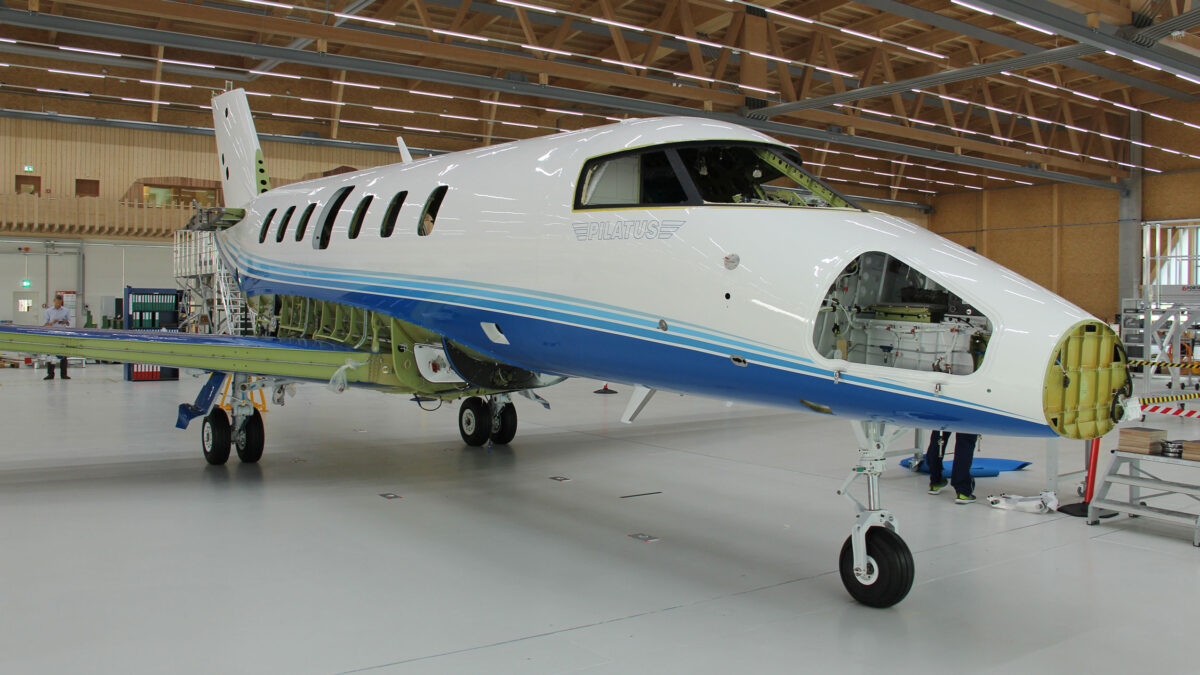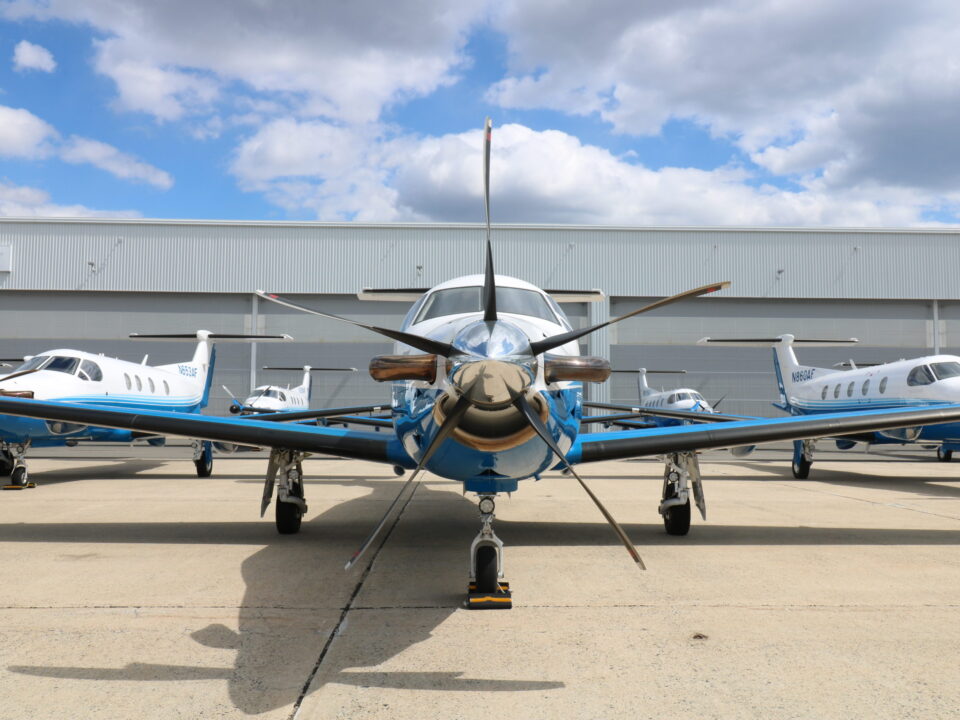Written by Mark Huber / Barron’s
Privately held Pilatus Aircraft, in Stans, Switzerland, has carved out a niche for itself by ignoring mass-market allure and instead building private jets with unique engineering and design features that keep customers coming back for more.
“We don’t want to be the third ‘me too’ airplane and accept one-third market share,” says Tom Aniello, Pilatus vice president for marketing. “When you have ‘me too’ airplanes, you have to compete on price. Being a Swiss company, we’re not a low-cost provider.”
$1.2 Billion in Sales in 2014
This strategy has served the company well. In 2014, the latest year for which data are available, Pilatus posted $1.2 billion in sales, mostly from its existing civilian and military-training turboprop aircraft models. (The figure also includes deposits for its forthcoming PC-24 light jet.) Through the end of last year, Pilatus had delivered 1,365 single-engine PC-12s, a plane certified in 1994.
With good reason. The $4 million PC-12 is in high demand for its low-cost single-engine operating economics, roomy pressurized cabin, and wide aft cargo door. The aircraft’s speed and cabin size are on a par with the $6 million Beechcraft King Air 250 twin turboprop, which leaves the PC-12 without a true competitor, says George Antoniadis, founder and CEO of PlaneSense, a Portsmouth, N.H., company that sells fractional shares in business aircraft.
Antoniadis’ firm operates 34 PC-12s, the world’s largest civilian fleet, and flies each aircraft about 1,000 hours a year before replacing it a decade later. The PC-12, he says, is versatile, with a fantastic cabin for its class, and it’s a tearaway down the runway.
“You can go into very small runways and also fly at 30,000 feet with extreme fuel efficiency,” Antoniadis says. “It’s an airplane that matches up with varying needs, and that’s why it continues to be popular with our clients.”
Some of his customers, a mixture of corporate and private clients, take off on grass runways that are shorter than 3,000 feet. Pilatus also maintains the PC-12’s popularity by refreshing the model every three to five years. The latest version of the PC-12 NG, unveiled in November, features a new, five-blade graphite, scimitar-shape propeller that cuts noise and drag.
But there’s more. Pilatus redesigned the underwing flap actuators, added a flush handle to the cabin entry door, and repositioned several external antennas—all of which improved the plane’s aerodynamics. In this way, cruise speed was increased by five knots, to 285 knots, boosting the PC-12’s range to 1,840 nautical miles with four passengers, while significantly reducing both takeoff distance and time to climb to 28,000 feet, the latter by an impressive 10%.
Customers can choose from six new exterior paint schemes and interior styles, fashioned by Pilatus and BMW Designworks; even the entry door got a tasteful refresh with more LED lighting. Base price for a new PC-12 NG is $4.06 million; nicely equipped, it goes for $4.85 million.
Without peer: the $8.9 million PC-24 twinjet, with an extra-wide aft cargo door. Photo: Courtesy of Pilatus
Or you can buy a share from the likes of PlaneSense, which charges $636,000 for a one-eighth stake, along with a monthly management fee of $9,924 and an occupied hourly rate of $754. Antoniadis says that some 25% of his customers are also enrolled in fractional jet programs, so when Pilatus announced in 2013 that it would be building a new, PC-24 twinjet, he was first in line to order six aircraft, with estimated delivery starting in 2017.
The PC-24 twinjet features a big rear door—4.1 feet wide and 4.25 feet tall—able to swallow standard cargo pallets, a classic Pilatus feature. The airplane is priced like a light jet at $8.9 million with low operating costs, but has the cabin space of a larger, midsize jet; it’s able to use short grass and dirt runways like a turboprop; and it’s a twinjet capable of being flown by a single pilot. The PC-24 has, in typical Pilatus fashion, no foreseeable equal.
The jet’s 501-cubic-foot passenger cabin provides, for example, more overall space than either the Cessna Citation XLS+ or the Embraer Phenom 300. The only downside we can see is a cabin height of just 61 inches, compared with 68 inches in the Cessna, which might be a turnoff to taller Americans.
But the aircraft will be available with seven layout choices, from the executive version seating six to eight passengers, to the utilitarian medevac and special-mission configurations. You can also opt for a lavatory (forward or aft) and any of several galley setups.
Antoniadis has been to Switzerland to see the PC-24 and learn how it is being made. “The technologies that Pilatus is putting into this airplane, both in terms of design and manufacturing, are typically those that you see only in larger and much more expensive aircraft,” he says. That includes passive thrust-vectoring engine exhaust nozzles, which are used to help control the aircraft’s climb and enable it to take off from shorter runways; monolithic wing structures, which provide superior structural strength and are easier to assemble; and advanced avionics.
Anything less just wouldn’t be a Pilatus—and that explains why this focused Swiss manufacturer continues to soar through turbulence-free skies.






